Smoke has been used for signaling for centuries.
The American Indians used smoke signals to send messages over long distances. But they are not the only ones. Even the US Army uses smoke on a regular basis for signaling. Troops on the ground will use smoke grenades to signal their position to aircraft, both for extraction missions and to mark their position prior to an attack.
Another way the military uses smoke is for obscuring the battlefield. When there isn’t enough cover or concealment to hide troop movements, it’s a common tactic to pop smoke, preventing the enemy from seeing what you are doing. This same tactic could be extremely useful in a survival situation, especially if you find yourself in a firefight, trying to defend family and home.
Catch A Glimpse of Green Beret Outdoor Survival Ingenuity
For survival purposes, these smoke signal flares could be used to signal rescuers, if you are caught in a car that’s gone off the road or lost in the wilderness. Three columns of smoke is an internationally recognized signal for Help. But even without that, any source of smoke would be investigated by rescue personnel, on the chance that it might indicate the presence of people in need of help. This is even more true, if you have colored smoke, which would not appear naturally.
Military smoke grenades are not readily available to the civilian market. While there are some civilian versions available, they are rather expensive; not the type of thing you want to buy just for playing around or even for as part of your survival stockpile. But there is an alternative; you can make your own.
We’re going to avoid the expensive pull pin fuse and go with a standard ignitable fuse. While there are ways of making a pull-pin fuse, they are somewhat difficult and not as reliable as ignitable, slow-burning fuses. We want reliability. Besides, every survivalist knows many ways of starting a fire.
Making the Fuse
Slow burning fuses are actually fairly simple to make. One way is to impregnate cordage with black powder. But for the sake of this project, we’re going to use the same chemicals that we’re going to use to generate the smoke. That shortens our required material list considerably.
Any fast-burning cordage will actually work to make a fuse, so we’re going to use white cotton yarn. We’ll need about 12 feet of it to absorb the chemicals we are going to use and make one batch of fuses.
To start with, well need 35 grams of potassium nitrate, which is most easily purchased as stump remover from your local home improvement center or garden center. This is mixed with 24 grams of normal white table sugar. Stir or shake thoroughly.
Next you’ll want to heat up a frying pan on medium heat, on your stove. Once it is heated, you can add one-third cup of water, which should boil instantly. Sprinkle your powder mixture into this water and stir, making it dissolve fully. Allow it to heat and the water to boil out of it. When the mixture gets frothy, it indicates that the water has boiled out and you have a supersaturated solution.
Now you can add your yarn to the solution, feeding it in, rather than dumping it in as a single lump. You don’t want the yarn to tangle, so hold onto one end of it, while pushing the yarn down into the solution with a spatula, ensuring that it all gets soaked evenly.
With the liquid soaked into the yarn, take it out and transfer it onto a cookie sheet, running the yarn back and forth, as if you are making a ladder. But don’t allow the yarn to touch or cross at any point. Bake the fuse in a preheated 350°F oven for about 25 minutes, until it just starts turning golden. At this point the yarn should be dry. Remove it from the oven and allow it to cool, moving it slightly on the hot pan to ensure that it doesn’t stick.
Making the Smoke Signal Flare
The smoke signal flare is made out of the same chemicals as the fuse was, but we’re going to need a lot more of it. Before making the mixture though, we’re going to need something to contain our flares. This can be just about anything, but a cardboard tube works well. If you have an old, dead battery pack from a cordless tool, take it apart. The individual batteries, which are the size of C cells, will have cardboard sleeves, which are a perfect size.
If you can’t come up with cardboard tubes here, then cut up toilet paper tubes to 1” sections. While wider, they are still cardboard and will work. You’ll just need to use more of the chemical mixture in each flare. If nothing else, you can cut up PVC pipe for the containers. Glue your cut up pieces to squares of corrugated cardboard at one end, with a hot-melt glue gun. This will close that end off and give you a base, so that the flare will stand up straight.
We’re now ready to mix up our chemicals. As before, we’re going to use potassium nitrate, or stump remover and normal table sugar. You want a ratio of about 3:2; that’s 60% stump remover to 40% sugar. These don’t have to be mixed together well, as they will mix as you cook them.
Heat this mixture in a pan over medium heat. As you heat it, the sugar will start to dissolve and caramelize. When it does, start folding the mixture, bringing the caramelized portion to the top and mixing it. Keep this up, until all the white powder is absorbed into the melted, caramelized mixture, which will have the color of caramel.
While thick, this mixture should be able to be poured, while it is still hot. So pour it into your prepared containers, filling them. Immediately stick a fuse down the center, going all the way to the bottom of the container. Allow the smoke flares to sit and cool until hard.
How much smoke the flare produces will depend a lot on its size, as the bigger units will burn longer and produce more smoke than the smaller ones. So you may need to experiment a bit, to come up with the size that is perfect for your intended use.
Making Colored Smoke Signal Flares
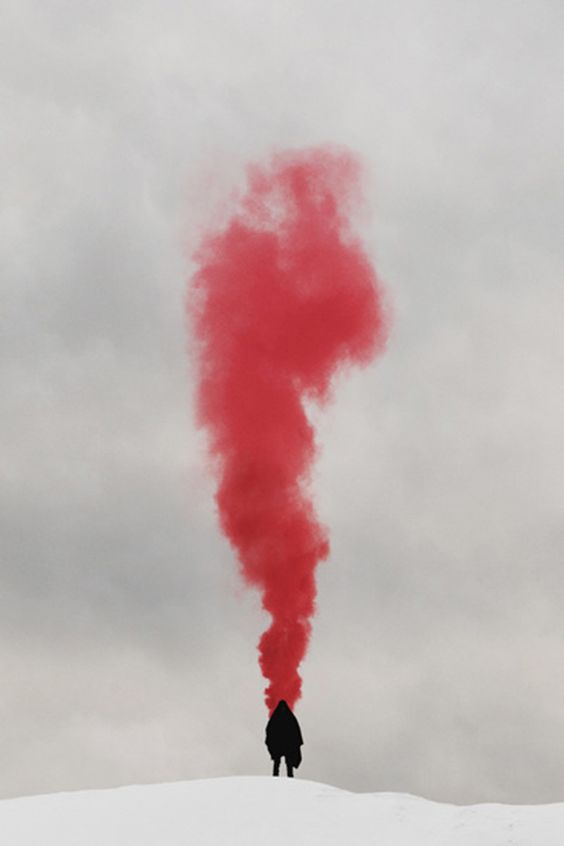
These colored smoke flares will be even better for rescue purposes than a simple smoke flare with white smoke. Colored smoke doesn’t appear in nature, so the presence of any colored smoke would indicate to anyone looking that there are people at the source of smoke. Rescuers would definitely check that out.
To make your smoke flares colored you need to add dye. For this, you want a powdered organic dye, such as synthetic indigo or some aniline-based dye. These are available at some hobby and craft shops. Avoid water-based dyes, as they will not work as well.
The procedure for making the smoke flares is the same, with the exception that once the mixture has caramelized, you’ll need to add in the dye. It will take about the same amount of dye, by volume, in the mixture as the potassium nitrate you used. So, you’ll want to measure it out before heating the mixture. Mix it in thoroughly, before pouring the mixture into the containers.
Using Your Smoke Signal Flares
Since we didn’t use a pull fuse for the smoke signal flare, you’re going to have to light it with a match, lighter, or other source of flame. If you already have a fire going, this won’t be a problem, as you can always use a burning stick to ignite it.
These signal flares should not be hand-held or thrown. Rather, they should be set down somewhere, where they won’t start a fire. A flat rock will work well, if there is no concrete or asphalt available. The cardboard base will help prevent the fire from spreading, as it probably won’t catch fire itself and will provide insulation between the hot burning mixture and whatever the flare is sitting on, but you don’t want to take a chance.
The fuses we have made are slow burning, so you don’t need to worry about the smoke flare putting out huge clouds of smoke immediately. You’ll have about three seconds to clear the area for every inch of fuse that you use, giving you ample time to get clear.
While the flare should not burn through the cardboard base or ignite anything beneath it, always check to be sure that it is out, before abandoning it or burying it. If you’re already in trouble in the woods, the last thing you need is a forest fire to have to deal with. While that might bring rescue personnel to the area, it might also draw them away from you.


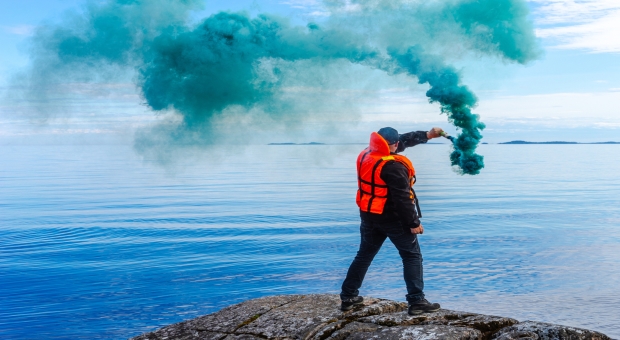


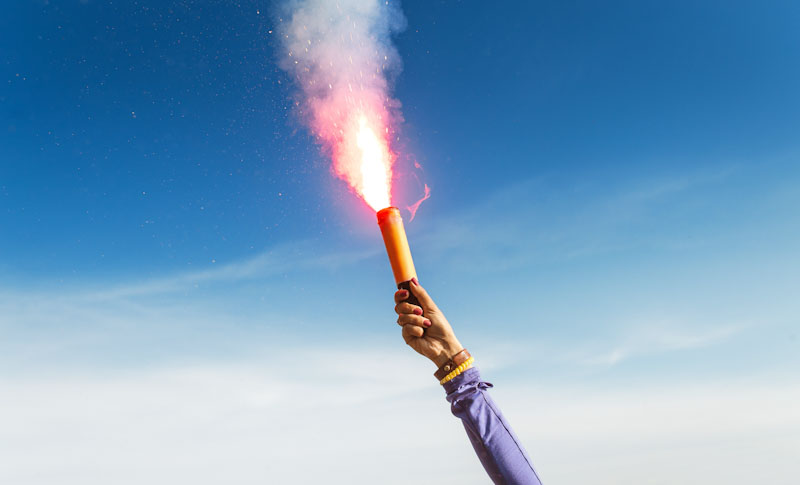
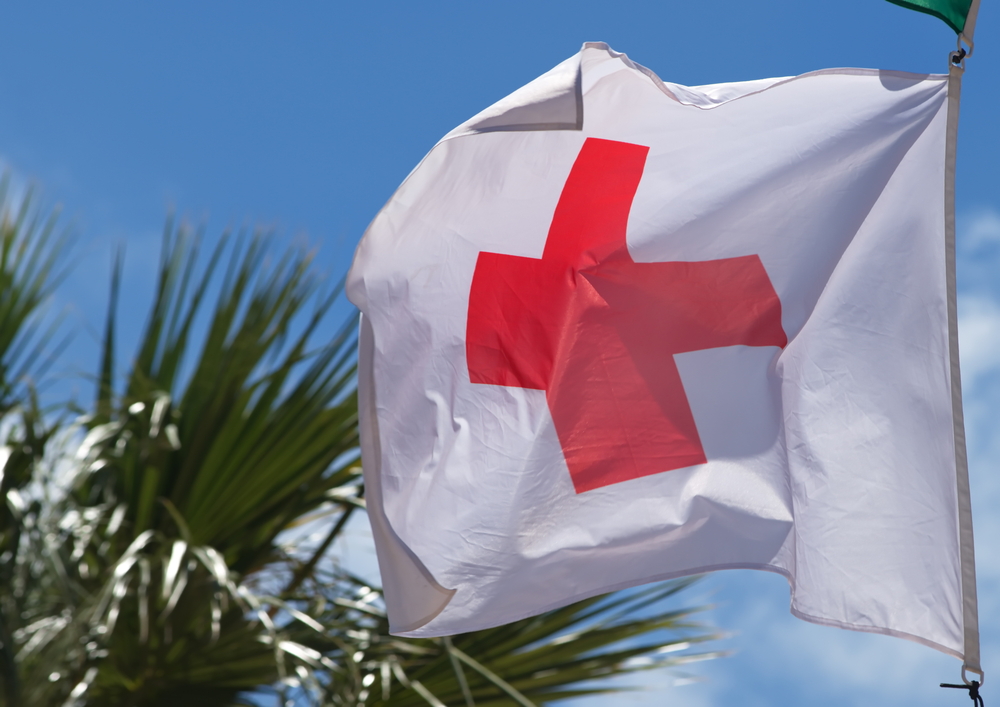
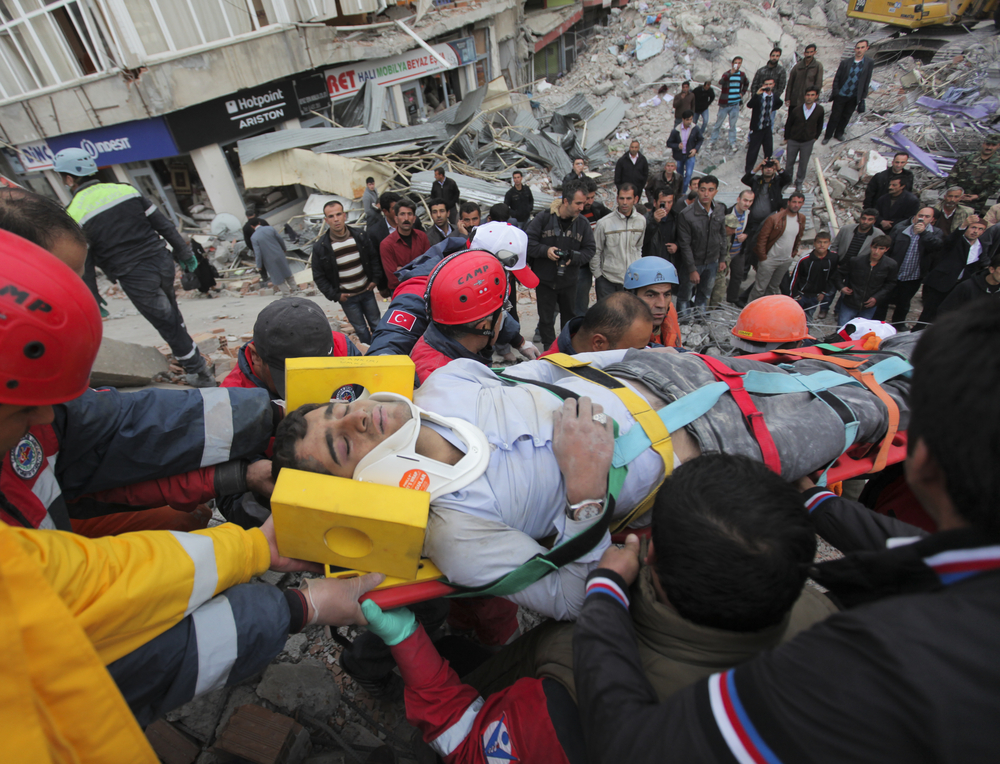
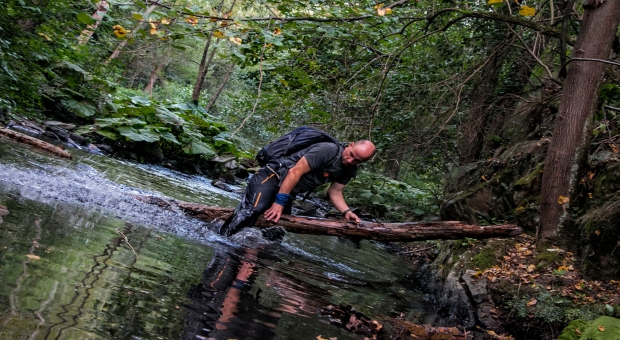

Bill in Idaho | July 6, 2019
|
Thank You, BILL, Thank You ! ! I have been Seriously Searching for this Exact Information – and Now I Have it. I am grateful. I knew Some of it – but the parts about the Analine-based dye, and the 3:2 Ratio I Did Not Know. Thank You.
John | July 6, 2019
|
Brilliant article, thank you! Today, Antifa is running wild! While Law and Order is being politicized, i.e; Political Intellectual bankruptcy is rampant.
So now iIt’s up to us, to Protect your family, your community. So know your neighbors and friends. And share this article with them. It could very well become a signal to them that their help is needed, or vice versa. Make it so. Prepare. The 2nd Amendments ‘obligations’ demands this of us: and know them well, Reread or learn them as written in this beautiful piece of our Constitution. Peace!
Steve | July 7, 2019
|
Why not just add charcoal and sulfur and make black powder?